How to Grow a Turkey and Other Fun Facts
Happy Thanksgiving From Your Friends at the BHL!
| Gobble Gobble Gobble |
The days before Thanksgiving are often spent by moms frantically shopping around for a prize turkey at their local supermarkets which, are hopefully already de-feathered, shrink-wrapped and packaged for our convenience. However, did you know that many folks still procure their turkey Thanksgiving meal the good old-fashioned way by “growing them?” If you are scratching your head wondering how exactly one “grows” a turkey, then this week’s Book of the Week is for you. Author Herbert Myrick tells us all about Turkeys and How to Grow Them (1905). His book is a “Treatise on the natural history and origin of the name of turkeys; the various breeds, and best methods to insure success in the business of turkey growing ” In the book we learn about the different breeds of turkey from the taxonomic genus Meleagris, the awe-inspiring and downright immodest mating tactics of male turkeys and yes how to “grow” a turkey just in time for Thanksgiving. Today for fun’s sake, we will be highlighting the antics of male turkey mating behaviors. Did you know that a male turkey can be called a “Tom”, a “Gobbler”, a “Cock” or a “Stag”? For your enjoyment this Thanksgiving holiday, we have compiled some entertaining quotes from the book about Stag mating behavior. Subsequently, these very quotes will be visualized for you with a short Youtube video that documents the mating dance of one very special Gobbler, Marco the Turkey. Quite the show, indeed. Not to be missed.
Moreover, we will provide you with three gifts this Thanksgiving and it’s not even Christmas yet:
1) Stellar images of turkeys from our Flickr account including a rare Audubon print of the wild Turkey from his famed work, The Birds of America.
2) Turkey day cover art is now available for you to freely use with any of your social media accounts; created expressly for you by BHL’s Flickr Guru Gilbert Borrego. Thanks Gilbert!
3) A fun fact to share at the Thanksgiving table about tryptophan and how it ISN’T linked to the post-meal sleepiness that we are all too familiar with.
Surely all things to be thankful about! Enjoy!
Turkey Mating Habits
To begin our discussion of male turkey mating behaviors we would like to preface a forthcoming video of a particularly amorous Gobbler’s mating dance with a quote from the book, Turkeys and How to Grow Them:
“The males may then be heard calling to the females from every direction, until the woods ring with their loud and liquid cries, which are commenced long ere the sun appears above the horizon, and continue for hours with steadiest persistency.”
“…If the female answering the call is on the ground, the males fly to her and parade before her with all the pompous strutting that characterizes the family.”
Ready to see this in action? It seems that in the turkey world, the males are the showier sex: strutting about, dancing, crying delirious mating calls, and putting on dazzling outfits to impress their female counterparts. And what do the females do? They casually ignore the male’s pleas for the most part. Occasionally, they have been known to entertain a mating dance which you absolutely must witness for yourself:
Marco’s Mating Display
Let’s thank user Sallyatthederby on YouTube for uploading this amazing display of male prowess by Marco the Turkey. He is clearly trying to attract the female in the background while simultaneously showing off for the camera. It’s funny to watch the female turkey as she looks downright confused by Marco’s behavior and disinterestedly pecks at the fence. Poor lady seems to be searching for an escape hatch. We can’t blame Marco for trying. He knows he is a lovely site! We are sure he will find love eventually.
Gift Time!
1) Stellar Turkey Images:
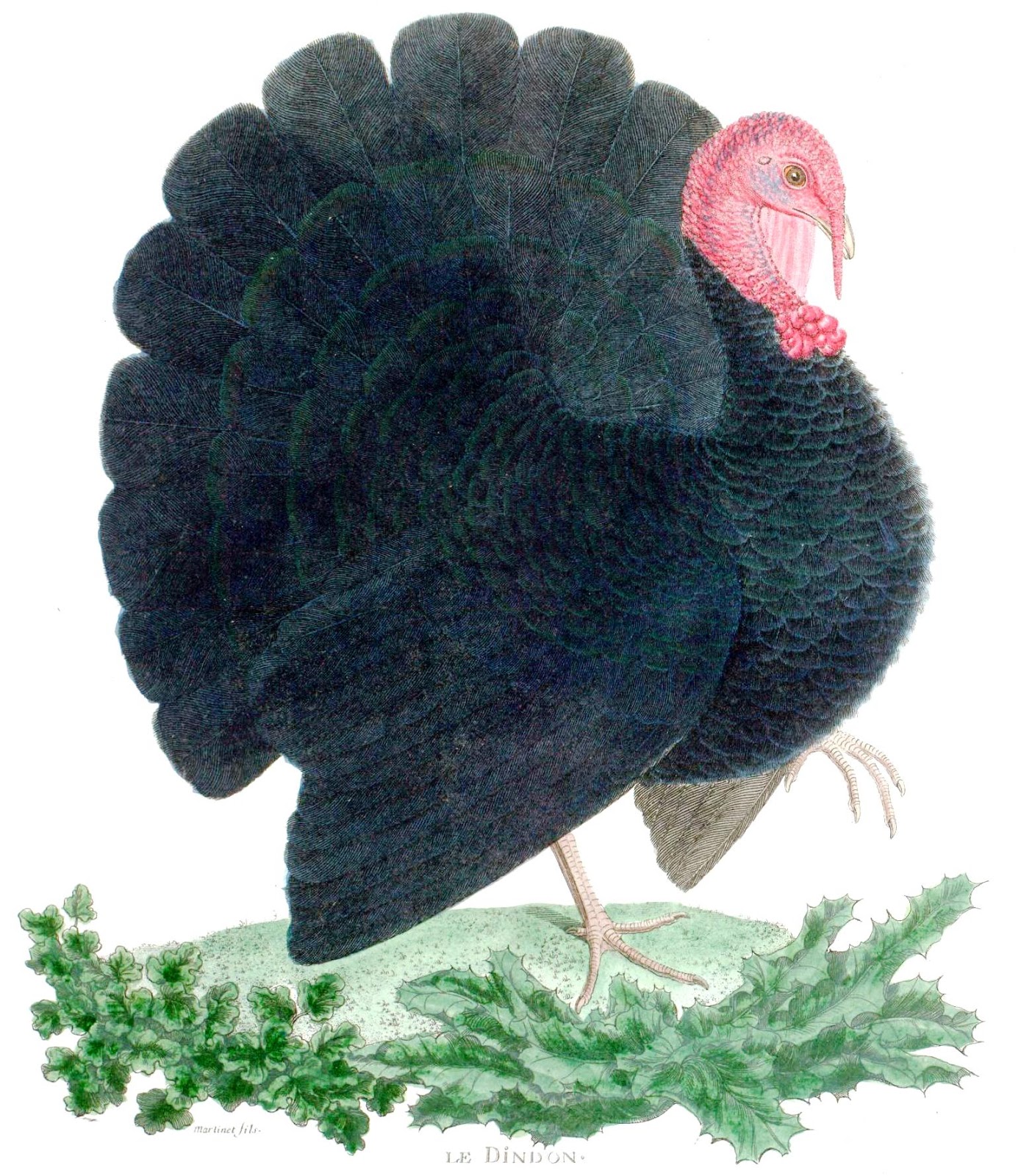 |
| Source: Ornithologie (1773-1792) |
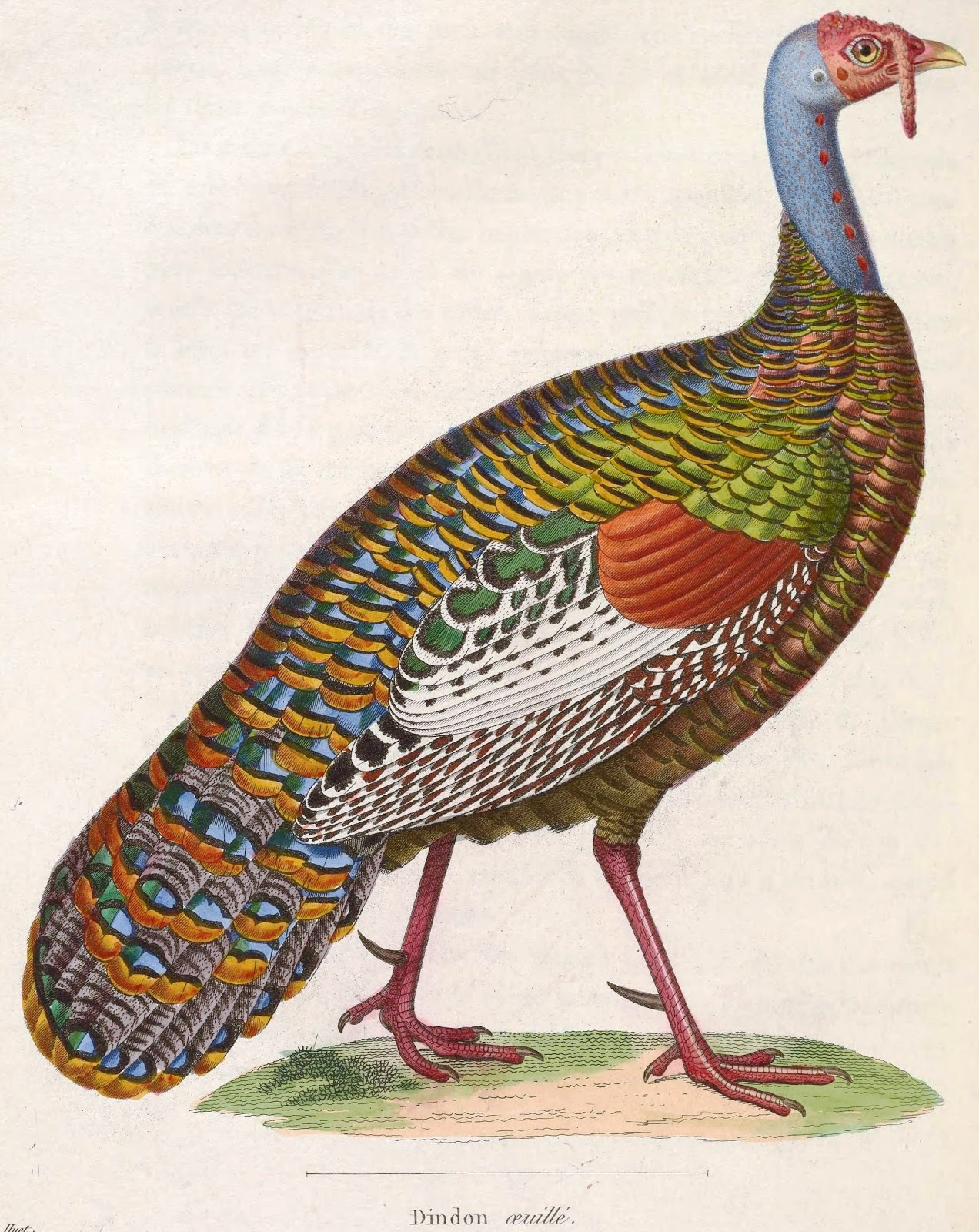 |
| Source: Nouveau recueil de planches coloriées d’oiseaux, v. 5 (1838) |
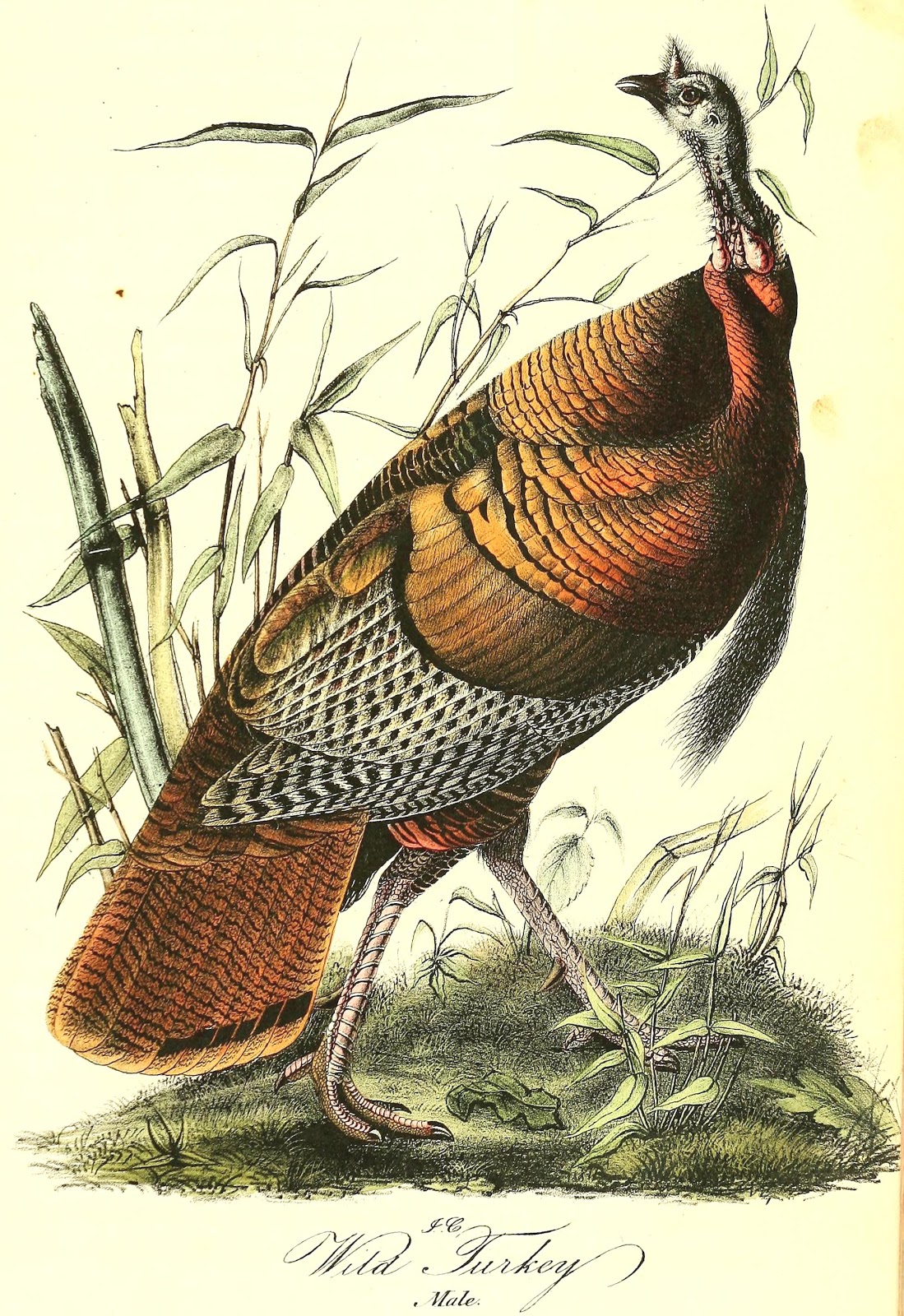 |
| Source: Birds of America, v.5 (1840-1844) |
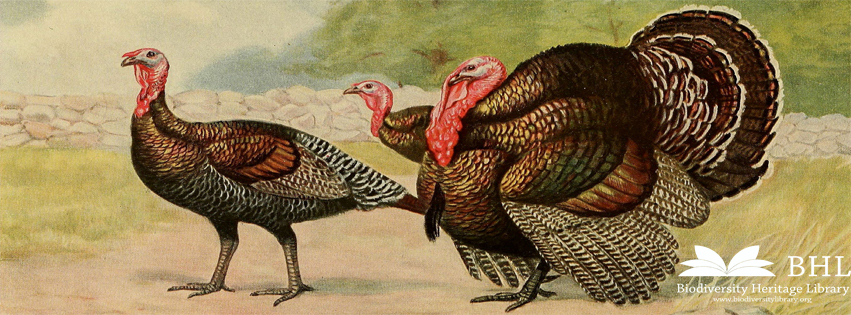 |
| Full-sized download available on our Pinterest Account. |
3) The Trytophan Equates Sleepiness Myth Has Been Debunked
Every year at Thanksgiving, Americans gather around and eat to their heart’s content. Post-dinner they do one of three things: 1) argue with their relatives 2) hide from the crazy people 3) a good majority of us fall asleep. Turkey, the meal’s main course is popularly thought to make its imbiber quite sleepy. However, this Thanksgiving you can proclaim to all of your family members that there is conclusive evidence that is absolutely positively NOT TRUE. According to the popular show Myth Busters, Tory Belleci, Kari Byron, and Grant Imahara investigated this claim that consuming turkey/tryptophan causes drowsiness. The Myth Busters Team put together three holiday meals in which to test this theory. The variables being tested were 1) portion size and 2) the presence vs. absence of turkey in the meal. After testing each meal, and timing the resultant effects of drowsiness, they found that the amount of food eaten had a much larger effect on whether or not one felt sleepy. This flies in the face of the turkey/tryptophan explanation for post-thanksgiving meal drowsiness. The conclusion of the episode was: The Tryptophan Sleepiness Myth was “Busted.” Meal size and subsequent effects of insulin NOT turkey derived trytophan is responsible for your extreme sleepiness. So to be clear it’s the Turkey + mulled cider + all those other side dishes that just keep coming and coming = extreme sleepiness aka food coma.
Please enjoy eating, sleeping and being merry this Thanksgiving from your friends at the BHL!
We hope you enjoyed this post. Interested in guest-blogging for BHL? We’d love that! Natural history, biodiversity and conservation topics are especially welcomed. Email us your ideas at feedback@biodiversitylibrary.org


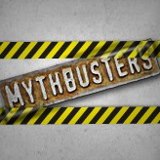



Leave a Comment